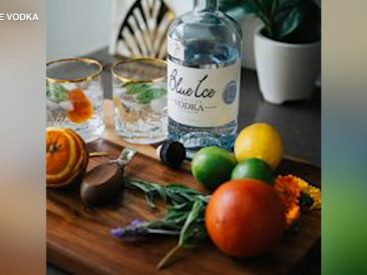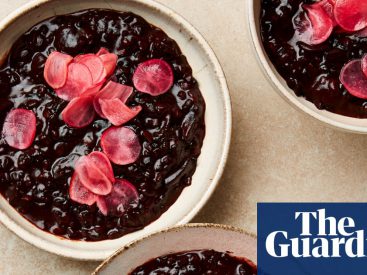The holiday season is fast approaching, and what better way to commemorate the season than a recipe guide filled with tasty instructions for meals created by queer celebrities and gay icons? Qnotes has curated a collection of recipes from LGBTQ+ celebrities and allies to commemorate the holiday season. Dolly […]
Delicious!
Delicious!



